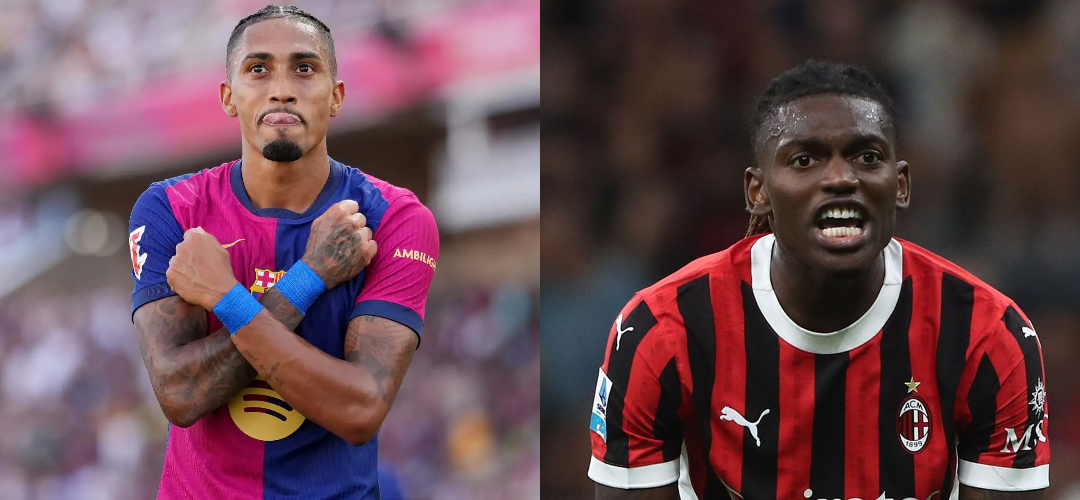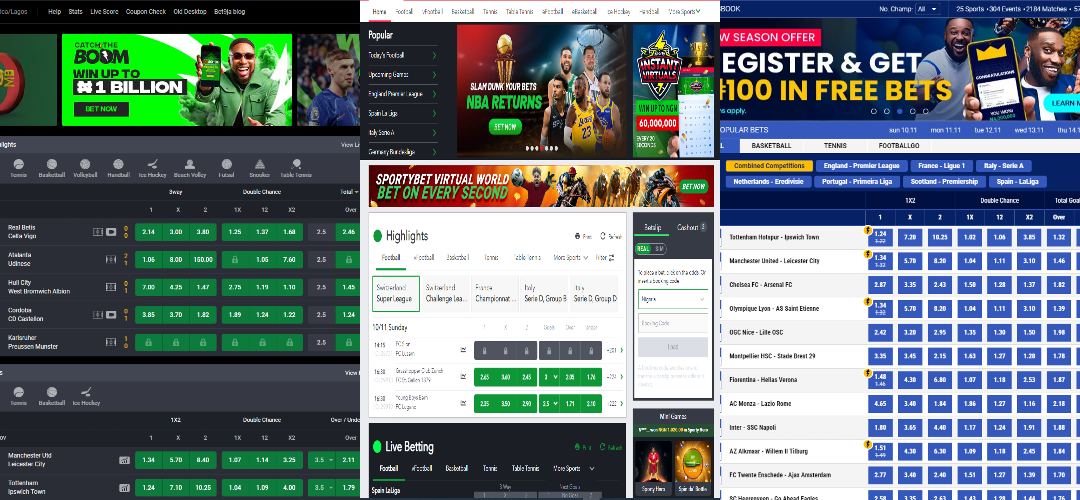
Rafael Leao vs Raphinha: stats show the Brazilian is a far better player
As an expert football analyst who evaluates players based on their statistical performance, it’s essential to look into the numbers to truly understand the strengths and weaknesses of individual talents. In this analysis, I’ll be pitting Rafael Leao against Raphinha, drawing insights from their respective stats to paint a clearer picture of their abilities.
Raphinha, born Raphael Dias Belloli, is a Brazilian professional footballer who currently plays as a right winger for La Liga club Barcelona and the Brazil national team. Known for his dribbling skills, pace, passing ability, and powerful long shots, Raphinha has established himself as a formidable attacking force in European football.
Rafael Leão is a Portuguese professional footballer who plays as a left winger for Serie A club AC Milan and the Portugal national team. Known for his dribbling skills, speed, and finishing, Leão has established himself as a pivotal player for both club and country.
When it comes to finding the back of the net, both Leao and Raphinha exhibit notable capabilities. While Leao showcases an average of 0.39 non-penalty goals per 90 minutes, Raphinha isn’t far behind with 0.35. However, Raphinha edges ahead in expected goals, boasting a metric of 0.36 compared to Leao’s 0.28, indicating a slightly higher level of performance in front of the goal.
In terms of creating goal-scoring opportunities for their teammates, Raphinha outshines Leao. Raphinha’s 0.31 assists per 90 minutes and expected assisted goals of 0.40 place him in the 86th and 99th percentiles, respectively. On the other hand, Leao records 0.27 assists per 90 minutes and an expected assisted goals metric of 0.28, positioning him in the 78th and 83rd percentiles.
Looking at their involvement in the attacking phase, Leao maintains a high volume of shots with 2.40 per 90 minutes, showcasing his confidence in front of goal. Raphinha, however, takes an even more assertive approach, with an average of 3.45 shots per game.
Both players exhibit strong passing and dribbling abilities, but Raphinha’s progressive passes and carries are slightly more prominent than Leao’s. Raphinha’s 52.23 passes per 90 minutes, along with his progressive passes and carries, highlight his involvement in the team’s build-up play and his ability to drive the ball forward effectively.
Beyond attacking flair, both players contribute defensively. Leao averages 0.62 tackles, 0.53 interceptions, and 0.50 blocks per 90 minutes. In comparison, Raphinha showcases a willingness to defend with 1.22 tackles, 0.61 interceptions, and 1.00 blocks per 90 minutes. While Leao’s defensive numbers are respectable, Raphinha’s robust contributions add a layer of versatility to his game.
While both players display competence in winning aerial duels, Leao takes the lead here, ranking in the 86th percentile for aerials won among attacking midfielders/wingers, compared to Raphinha’s 62nd percentile.
Overall, Raphinha is the better player based on the stats you analyzed. He has a higher weighted sum than Rafael Leao, which means that he performs better in a wider range of categories. Raphinha is a better goalscorer, creator, and dribbler than Leao. He is also a more involved player, averaging more passes per game and having a higher pass completion percentage. While Leao is a good player in his own right, Raphinha is simply the better player overall.
Because of the overall outlook of both players, I can predict that Leao can not go above AC Milan. Mind you that the AC Milan we know today is not a top team. Raphinna already plays for a top 4 team, Barcelona.
This analysis provides a glimpse into the strengths and areas for improvement for both Rafael Leao and Raphinha, shedding light on their statistical performances and how these metrics shape our understanding of their abilities on the pitch.
Comments from other users
Leave a comment
What do you have to say about this tips
Facebook Comments
If you have a Facebook, you can easily drop your comment on this opinion





